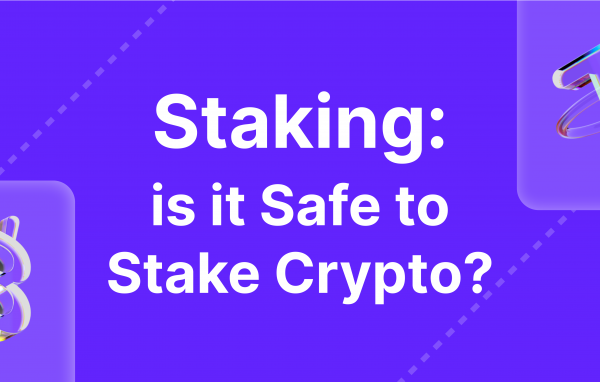SAP is renowned worldwide as the multinational software company that produces and develops enterprise software that is used for the management of business operations and customer relations. It has a widespread network spanning 180 countries and its products are used by most business conglomerates.
History
- A company that was the brainchild of 5 engineers who formerly worked at IBM started off by launching the SAP R/98, which was a common system that performed various tasks.
- A key feature that was present in the software was the centralization of data, which drastically increased the ease of data maintenance. This made it easier to consolidate data more than anything, and it also eliminated data redundancy. It also increased data security. The access to the data could be controlled and managed according to the level of management.
- The need for a database became increasingly crucial which led to further software developments. SAP has developed ERP software which is instrumental in centralizing business operations and increasing the transparency of a company when it dealt with customers and vendors.
- Later on, SAP gradually acquired companies that provided cloud based products and services. SAP HANA was a cloud based business developed by SAP which surpassed all expectations and financial projections of the company.
- In 2016, SAP IoT was developed, as SAP sought Internet of Things (IoT) as a method of capitalizing on the growth of that industry. SAP’s real-time database S/4 HANA was incorporated with IoT and Machine Learning.
Transaction codes in SAP
- Short-cut codes have been provided in SAP Memory Management so that time and effort are saved. These short-cut codes are also called ABAP Transaction Codes.
- These codes can direct us to the required screen in a matter of seconds. This leads to a complete elimination of the long and tedious path that has to be sought in order to acquire the desired screen after consulting the implementation guide.
- These codes are very beneficial as they are associated with the rapid access of functions and running programs (including an ABAP code execution) in an SAP application.
- The basic structure of a transaction code or t-code includes a combination of letters and numbers that is sent as input to the command field at the top of the SAP screen. Every function that is executed in SAP ERP has one t-code assigned to it.
- They are basically the fastest way of utilizing the menu, navigation, and execution by combining them in one step. They can be compared to the “shortcut” on Windows.
- A smart alternative to memorizing all the t-codes is by setting up a favourites menu that is customized according to the user.
Some examples of SAP t-codes
- OX15- It is used to create a company.
- OX09- It is used to create a storage location.
- OX10- It is used to create a new plant.
- OX17- It is used to assign the purchasing organization to the plant.
- OX01- It is used to assign the purchasing organization to the company code.
- ME59N- It is used for the automatic generation of a purchase order.
- MIRO- It is used for entering an incoming invoice.




